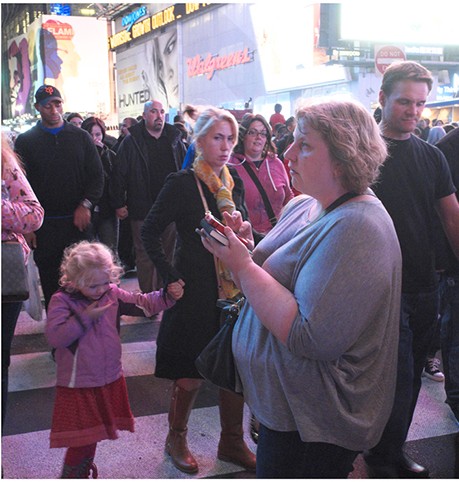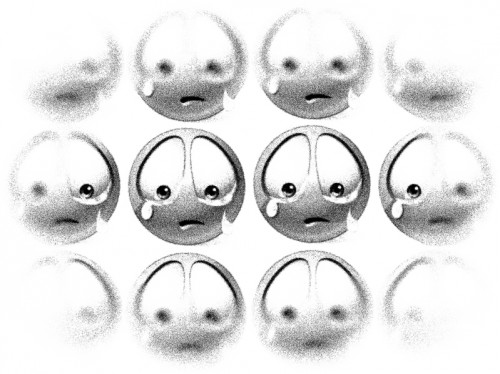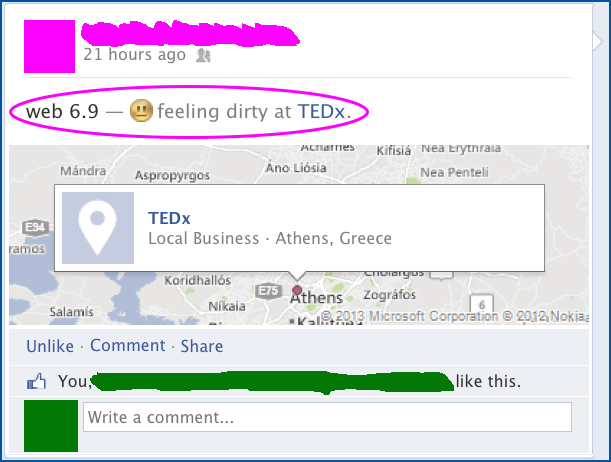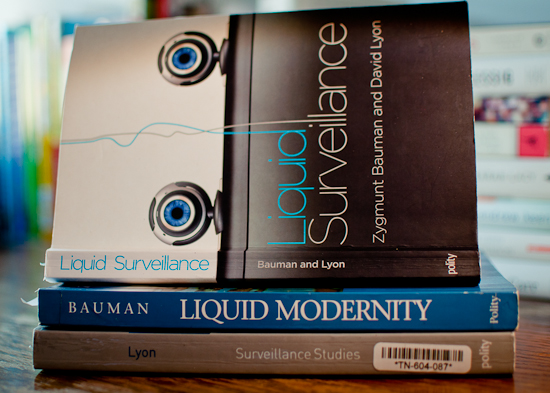Over the past few months there’s been a lot of hoopla around the “mass exodus” of teens from Facebook, with particular reference to Facebook’s decreasing cache of cool. Despite several refutations to the mass-exodus hypothesis, people—academics and non-academics alike— still ask me all the time: “So Jenny, what’s up with all the kids leaving Facebook? I hear it’s not cool anymore.”
Now let me be clear; I am not cool. I hold no pretense of being cool, and hence have no business making any sort of objective hipness-rating on anything. Seriously. I just used the word “hip.” I am, however, a social scientist, and I want to take a moment to talk about some data—an area in which I am qualified. more...










